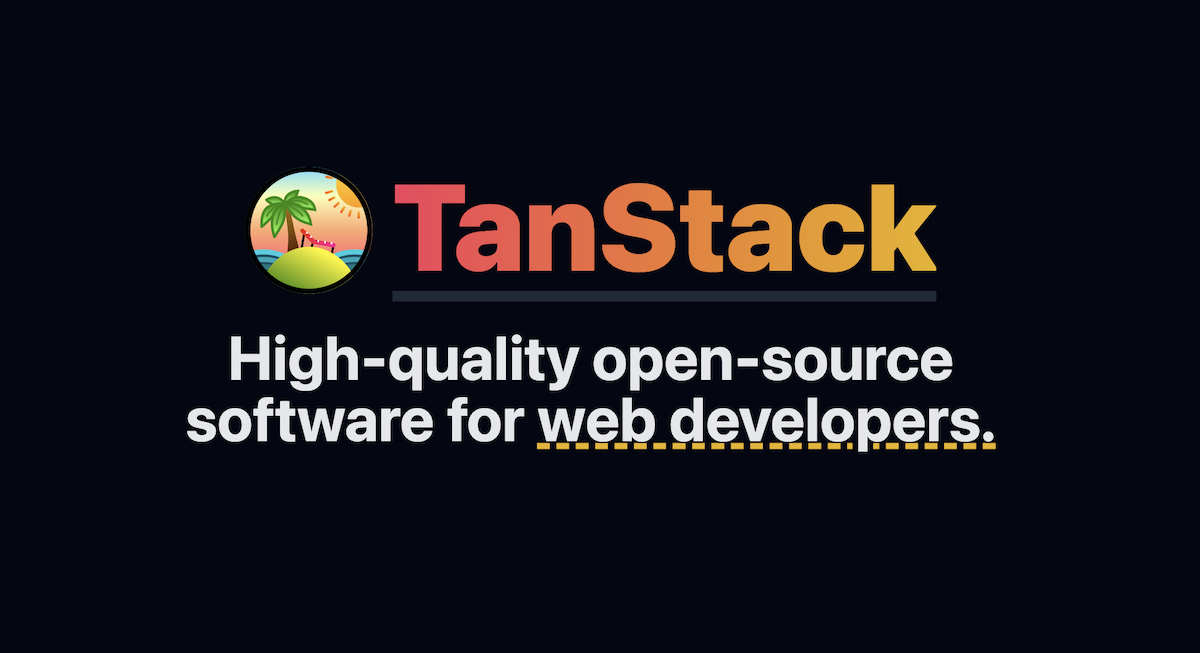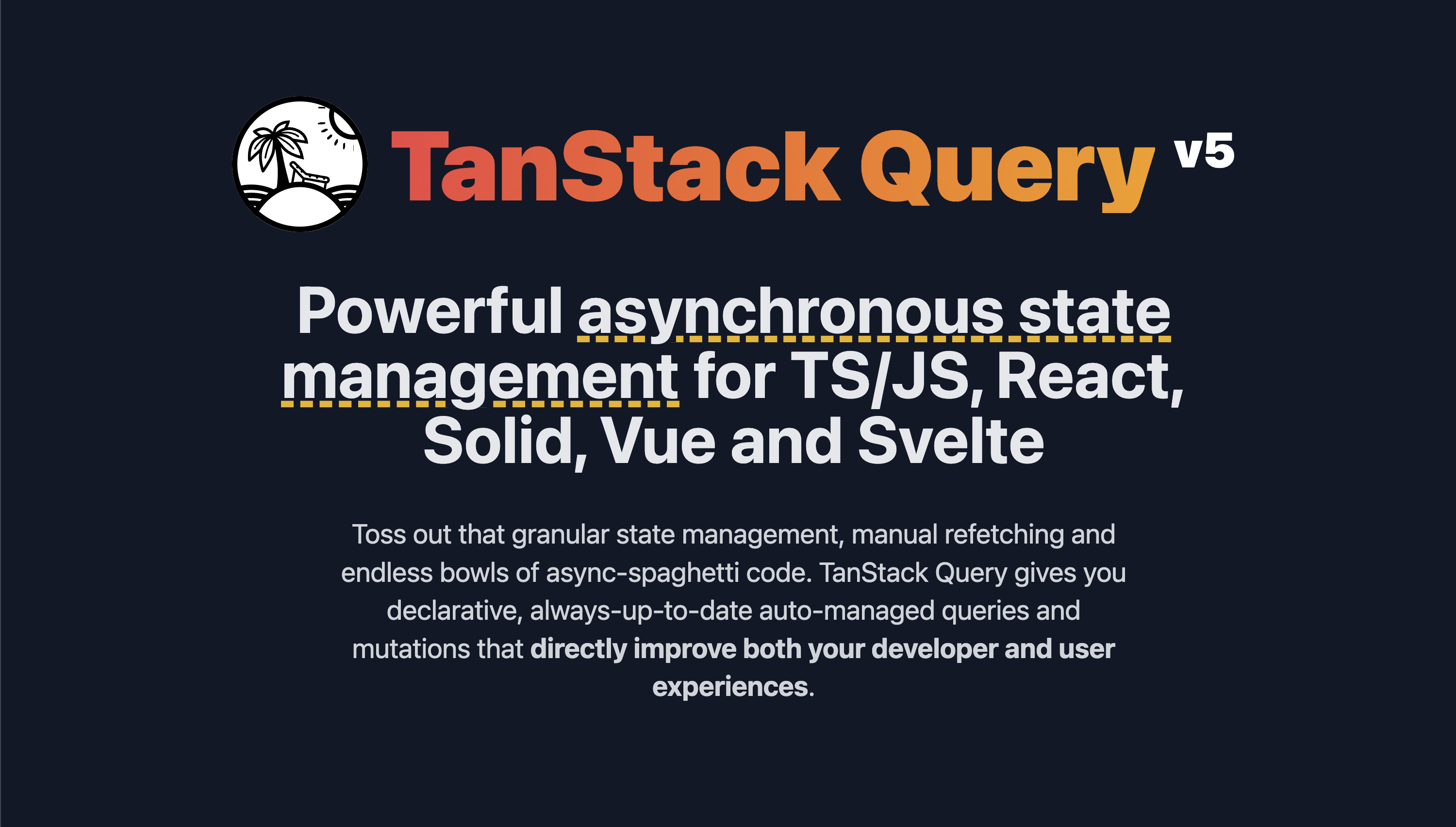ConvexQueryCacheProvider Behavior
I switched to using ConvexQueryCacheProvider in order to keep query subscriptions active for views that are closed and opened frequently.
I get nice instant load times now on the screens/components I use it on. But if I check the network tab in chrome I’m seeing a request to the server going out every single time the page/components loads.
Part of my goal was to freely call the cache without re-calling the convex server for data every single time. Am I doing something wrong or is this intended behavior?
20 Replies
Thanks for posting in <#1088161997662724167>.
Reminder: If you have a Convex Pro account, use the Convex Dashboard to file support tickets.
- Provide context: What are you trying to achieve, what is the end-user interaction, what are you seeing? (full error message, command output, etc.)
- Use search.convex.dev to search Docs, Stack, and Discord all at once.
- Additionally, you can post your questions in the Convex Community's <#1228095053885476985> channel to receive a response from AI.
- Avoid tagging staff unless specifically instructed.
Thank you!
My expectation/desired behavior would be that subsequent useQuery calls while using the cache provider would not send more requests and just use the cached data. And the data would stay dynamically updated from socket updates for the subscription.
Anyone have guidance here?
If you repeatedly call ConvexQueryCacheProvider it seems to send a new network request every time instead of depending on the cache.
I believe what you're seeing is intended behavior. Even though there's still a request being made, the cache provider is what supplies the data to the app as long as there hasn't been a change in any of the documents related to the query.
But the cache provider is being kept up to date by the a socket subscription. So the additional request being sent every time a page loads/reloads is redundant. That’s kind of the point of caching something for me, to avoid redundant calls to the server.
So it sounds like I need to write my own solution to get the expected cache behavior and avoid the redundant server calls.
this doesn't repro for me
if i use
ConvexQueryCacheProvider and then unmount & remount a component that does a useQuery, there is no activity on the websocket in the network tab
are you importing useQuery from the right place? it should be
Your totally right, my mistake. I wasn’t checking the socket communication and defaulted to looking at the normal network request 🤦♂️
Is there a stack post on using the ConvexQueryCacheProvider? Where did you find the docs?
I'd like to learn about it.
Can your database do this? Ep. 1: Magic caching
With Convex's magic query cache, Convex's powerful subscriptions are cached, not merely values. So you get fast, jank-free renders with no cache consi...
Got around to trying out the cache from
convex-helpers and it worked nicely! Can this replace tanstack's useQuery? The following snippet seems to give you the same experience, which is intended. Would this be considered the best practice? They both seem to be caching. Has anyone thought about the differences?
@Mez TanStack's useQuery already does this!
Oh sorry I misunderstood your question looks like
Sure, yeah this can replace tanstack's useQuery!
The differences aren't big, I think this looks good! I'd say don't use TanStack Query unless you're using TanStack Start or you prefer it for some reason. The Convex React hooks are still the simplest way to use Convex with React.
When you say "replace tanstack's useQuery" there are a lot of things that could mean, are there features you're looking for in particular?
tanstack's useQuery has a lot of features, some of which don't make sense with Convex's live subscriptions but some of which could be useful
Thanks for the input @ballingt ! I agree this is the simplest way to use convex with react! Yeah, I was looking at the caching benefits and the status. But if they both are caching then I can stay with tanstack because I like the dev tool!
The time a query is "cached" (less caching, more remaining subscribed to the query) is controlled by
gcTime in query options, there's a bit about this at the bottom of https://docs.convex.dev/client/tanstack-queryif you don't specify the
gcTime does it default to 10 secs?
if you cache for say 5 min, will the subscription update when new data is added to the table?The default is 5 minutes! Chime in at https://github.com/get-convex/convex-react-query/issues/9 if you have thoughts on overriding that default.
yes, if you're still subscribed to the query new results will be send down every time the query changes, e.g. new results being added to a table
If I understood the ticket you referenced, the main concern seems to be with
gcTime of 5 min may grow the cache memory too large if a bunch of new queries are currently subscribed? If so, I think a decent stop gap is to update the document with a Defaults section that describes the use case and let the user think about changing the gcTime!@Mez the word "cache" is tricky here, it's not so much memory usage!
gcTime for Convex queries causes the queries to stay subscribed. Makes sense, yeah we'll document this better too.
It's more network usage / Convex function execution that's a concern here.
@Mez feel free to chime in on that issue, that way you'll be notified of changes. I'd love to move some of these API discussions to the more durable locaiton of GitHub issues.maybe 5 min is too long then lol!
The argument in the other direction is generally TanStack Query has more aggressive defaults (like refreshing every query when the tab becomes active again) and once you start to tweak for performance and costs you dial these down, so something aggressive is nice. And that this way global changes to the default gcTime will be reflected in queries https://tanstack.com/query/latest/docs/framework/react/guides/important-defaults#:~:text=By%20default%2C%20%22inactive%22%20queries,1000%20*%2060%20*%205%20milliseconds.
TanStack | High Quality Open-Source Software for Web Developers
Headless, type-safe, powerful utilities for complex workflows like Data Management, Data Visualization, Charts, Tables, and UI Components.

did we ever get to move these API disscussions to GitHub issues?
related Q: https://discord.com/channels/1019350475847499849/1019350478817079338/1376046134924935198
this is the issue we were talking about there https://github.com/get-convex/convex-react-query/issues/9
GitHub
is the default gcTime of 5 minutes too long? · Issue #9 · get-con...
With @convex-dev/react-query the default gcTime of 5 minutes [edit: maybe] isn't appropriate because it means continuing to receive updates for a query for 5 minutes. This could be a problem es...
